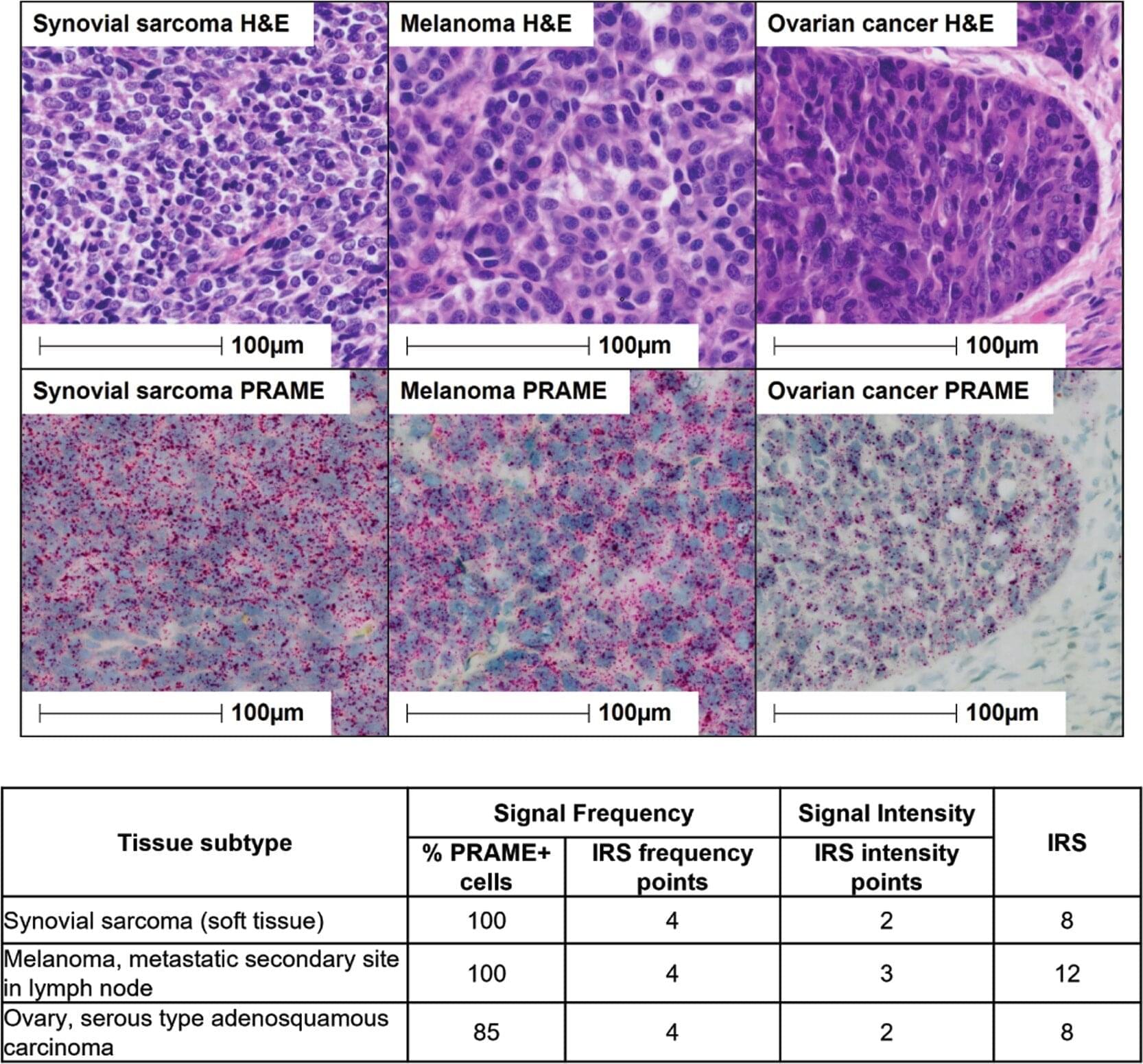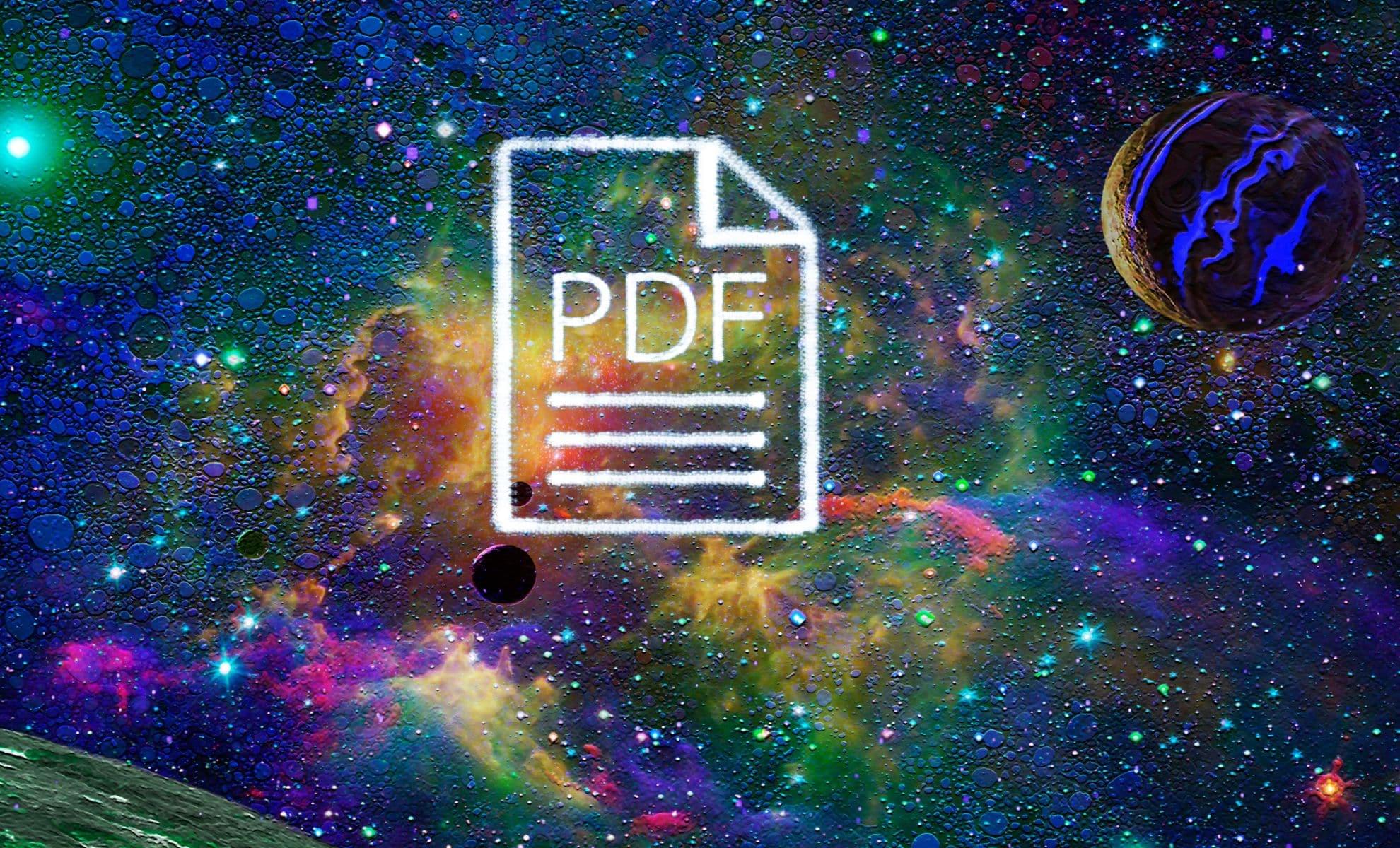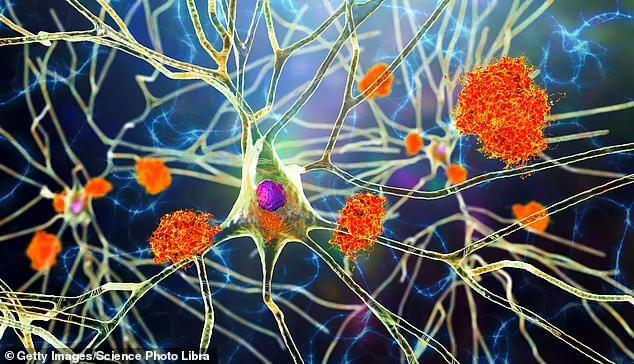The global proliferation of antibiotic resistance genes (ARGs) poses a significant threat to the efficacy of antibiotic-based treatments for diseases. Effective monitoring of ARGs across both spatial and temporal dimensions is essential to understanding their transmission and implementing preventive measures.
A research team has developed a computational tool, Argo, designed to accurately track ARGs in environmental samples, providing insights into their dissemination and associated risks.
“Short-read sequencing method is currently used as a high-throughput DNA sequencing technique that generates large volumes of short DNA fragments, typically 150 base pairs. However, it often fails to provide information on the hosts of ARGs,” explained the senior author. “Without detailed host information, it becomes challenging to accurately assessing the risks of ARGs and tracing their transmission, hindering our understanding of their impact on human health and the environment.”








